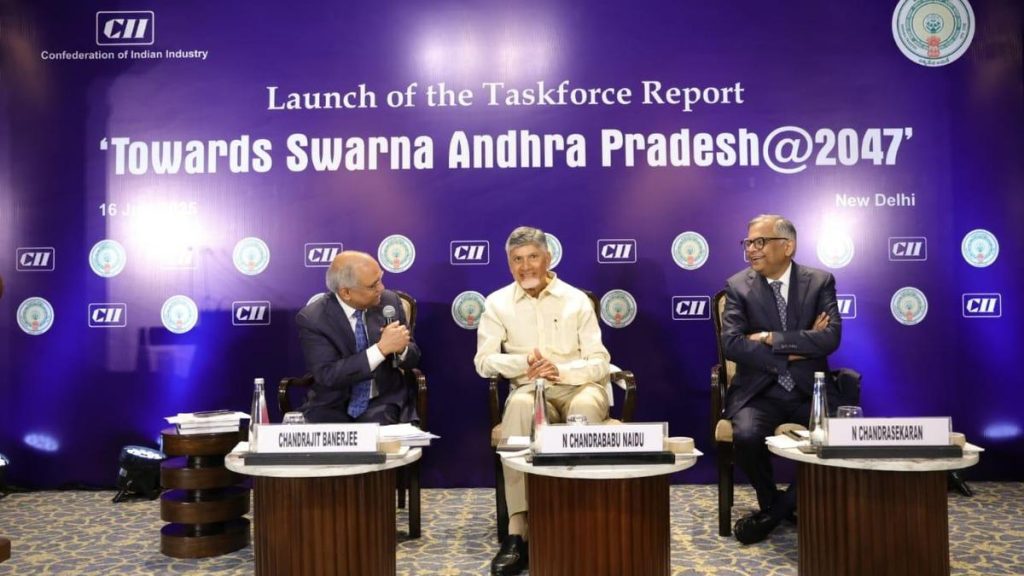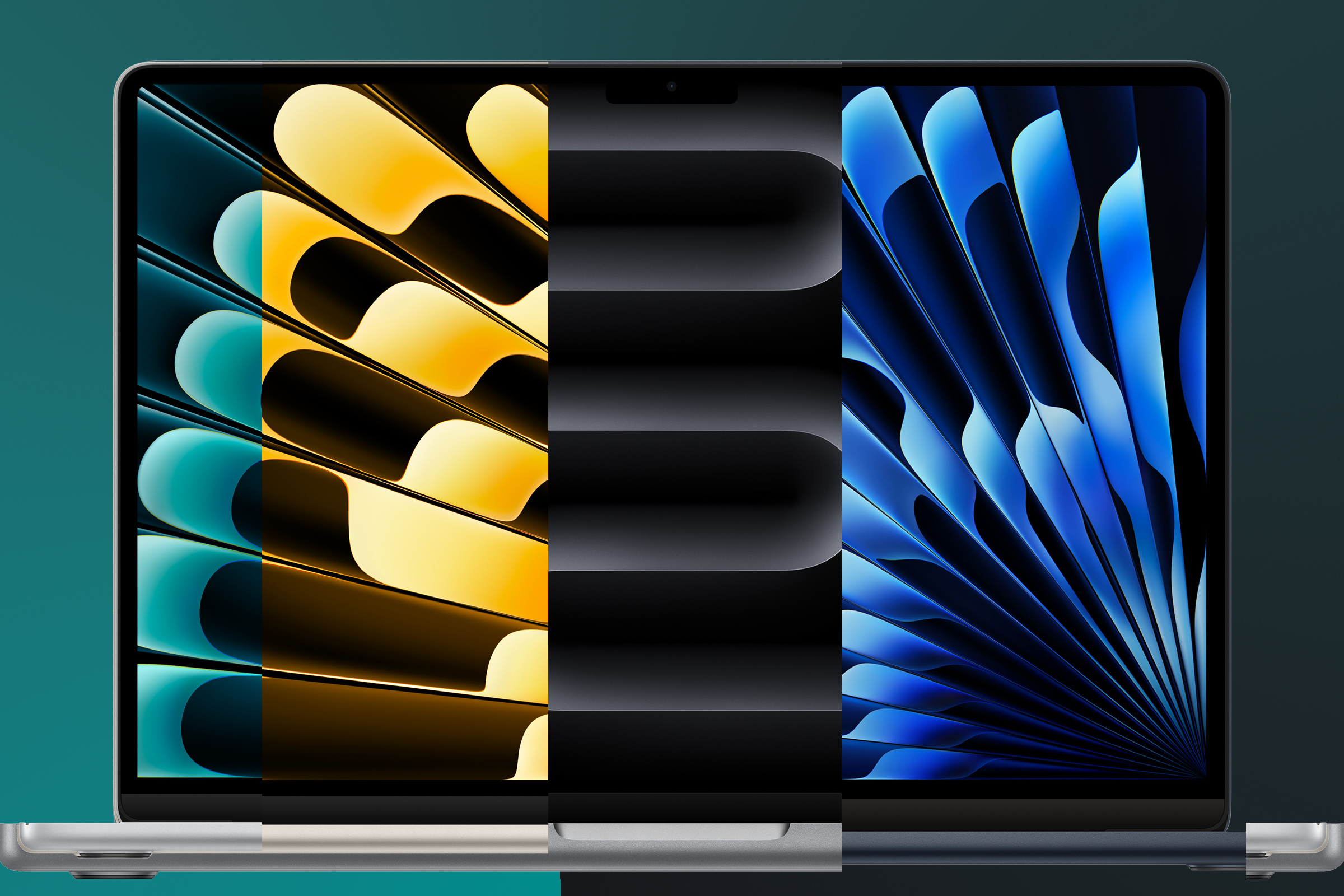Now Reading: Apple Silicon: 30 Years of Chip Innovation That Redefined Computing
-
01
Apple Silicon: 30 Years of Chip Innovation That Redefined Computing
Apple Silicon: 30 Years of Chip Innovation That Redefined Computing
### Fast Summary
– Apple has announced that macOS Tahoe will be the final version supporting Intel Macs, signaling the end of an era for Intel-based processors in Macs.
– This marks the third major chip transition in Apple’s history: Motorola 68000 to PowerPC (1994), powerpc to Intel (2005), and Intel to Apple silicon (2020).
– Apple is renowned for successfully managing these transitions, maintaining software compatibility during each phase using emulators like Rosetta.
– Each transition was prompted by dissatisfaction with external chip suppliers and a desire for increased control over hardware advancement.
– the success of Apple-designed chips like M1 demonstrates the company’s ability to deliver faster processing speeds and seamless compatibility with legacy apps.
– Apple’s current advantage lies in designing its own chips tailored specifically for its devices, unlike earlier eras when chipmaking partnerships were more critical.
![]()
—
### Indian Opinion Analysis
Apple’s move away from Intel processors reflects broader industry trends emphasizing vertical integration-technology companies increasingly design their own components to optimize performance and reduce dependency on external suppliers. For India,this shift underscores opportunities within domestic semiconductor manufacturing initiatives as global companies are reassessing supply chains amidst geopolitical uncertainties.India could leverage skilled labor, policy incentives under frameworks like “Make-in-India,” and recent partnerships with global semiconductor firms such as TSMC. Aligning investments towards innovation-driven hardware ecosystems may create employment opportunities while reducing reliance on imports. Ultimately, developments such as these highlight India’s need to strengthen capacity toward becoming a strategic tech hub amid shifting dynamics in global industries dominated by giants like Apple.[Read More](https://www.macworld.com/article/2826153/goodbye-intel-the-chips-keep-changing-but-the-mac-remains-the-mac.html)




























